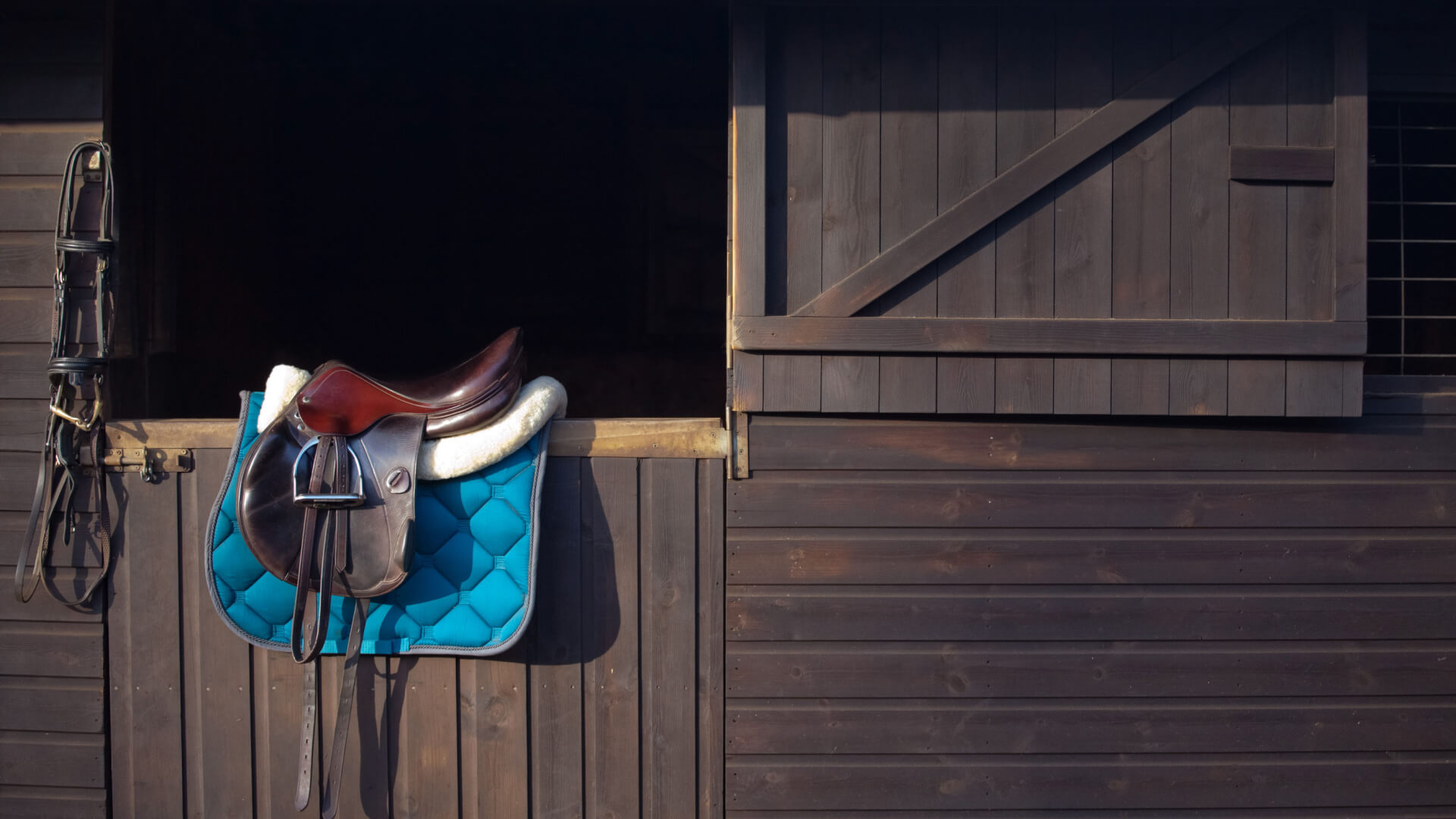March 22, 2024
When diving into the world of horseback riding, you’re bound to come across a myriad of essential horse-riding equipment. This is commonly referred to as a “tack.” Tacks are a collection of horse-riding gear, where tailoring each piece to fit both horse and rider is crucial.
Whether you’re sizing up gear for yourself or your equine companion, this post will help you pick your horse tack essentials prudently so you can indulge in a safe and enjoyable riding experience.
What Is Horse Tack?
Horse tack is the collection of equipment necessary for riding and handling horses. Typically, it includes equipment such as saddles, bridles, bits, reins, and more. Horse tack plays a crucial role in ensuring a comfortable and safe experience for both the horse and the rider.
At Gladiator Equine, we understand the significance of the right horse-riding gear not only for performance but also for the well-being of your horse. Let’s guide you through the process of choosing your essential horse tack.
Understanding the Basics of Horse Tack
Familiarizing yourself with the basics of horse tack can help you understand the gear better. Horse tack comprises several components, each serving a specific purpose.
- Saddle: This is your seat on the horse. This horse tack essential is carefully designed for the comfort and safety of both the horse and the rider. Proper measurement is, therefore, crucial.
- Saddle Pads: Placed under the saddle, these provide cushioning, ward off dirt and perspiration, and prevent rubbing and heat build-up.
- Bridle: An important horse tack essential, the bridle is placed over the horse’s head for communication while riding. It consists of a crownpiece, noseband, headstall, and cheekpieces.
- Bit: This is a metal piece in the horse’s mouth connected to the bridle for even better communication.
- Breastplate: This is a harness-like structure that prevents saddle slippage. It typically features straps around the sternum and forelegs.
- Girth: This refers to a band under the horse’s belly, securing the saddle in place during rides.
- Reins: These are straps attached to a bridle. They serve as a way for the rider to direct the horse while riding.
- Halter: A halter is like a bridle but without a bit. It is worn during grooming, shipping, and turnout.
- Stirrup Irons and Stirrup Leathers: These horse tack essentials refer to iron rings for your feet. They have attached leathers that keep them in place.
One of the key considerations when choosing horse tack is ensuring a proper fit. Ill-fitting tack can lead to discomfort, restricted movement, and even injury for the horse, which can lead to an injury for the rider. It’s essential to measure your horse accurately and choose horse-riding gear that suits its size and shape.
For this reason, safety should be non-negotiable when it comes to horse tack. The horse-riding equipment should not only be secure and reliable but also suitable for the horse’s temperament and the rider’s skill level. Cheap or poorly made tack may compromise safety.
Choosing the Right Saddle
Saddles come in various styles, with English and Western being the most common types. Each type serves different riding disciplines, and specialty saddles cater to specific needs.
A well-fitting saddle is essential for the horse’s comfort and the rider’s stability. Understanding the anatomy of a saddle and how it interacts with the horse’s back is crucial. Our therapeutic FIR solutions can aid in the recovery of any inflammation caused by ill-fitting tack, but prevention through a proper saddle fit is always preferable.
The choice between leather and synthetic saddles depends on personal preference, budget, and intended use. Additionally, treeless saddles provide an alternative for those seeking a closer connection with the horse. These preferences come after you pick what type of saddle you want to use.
English Saddles
Many riders opt for these smaller and lighter horse saddles because they are designed to maintain proximity to the horse’s back. When holding the reins, English riders heavily rely on them for directing the horse. Numerous types of English saddles are available in various sizes, offering a range of horse bridle styles and a plethora of bit options.
Western Saddles
On the other hand, Western horse tack features larger and heavier saddles. Some Western riders prefer holding their horse’s reins in one hand. In Western riding, horses are often trained to respond to neck reining. This is when a rider prompts a change in direction by making the reins contact with the side of their neck. This style of riding demands a lighter touch from the rider compared to the more direct contact emphasized in English riding.
Selecting Bridles and Bits
An integral part of your essential horse tack, bridles come in various styles, including snaffle, curb, and hackamore bridles. Each type serves a different purpose. Understanding the function of each type is essential for effective communication with the horse. Riders should choose bridles that align with their riding goals and the horse’s temperament.
Bits play a crucial role in controlling the horse’s movements. The right bit depends on the horse’s training level, temperament, and the rider’s skill.
Reins come in various materials, such as leather, rubber, or nylon. The choice depends on personal preference and the intended equine activity. You must understand the different rein aids and their impact on communication with the horse to ride safely.
Other Essential Horse Tack Items
A. Girths and cinches
Girths and cinches secure the saddle in place, and choosing the right size and material is crucial for the horse’s comfort and safety.
B. Stirrups and stirrup leathers
Stirrups provide support and stability for riders, and the right length and style are essential for safety and comfort. Gladiator Equine values the safety of both horse and rider, so we recommend stirrups that promote proper body alignment and reduce the risk of accidents.
C. Saddle pads and blankets
Saddle pads and blankets protect the horse’s back from pressure points and friction. Choosing the right pad as a part of your horse-riding equipment will depend on the saddle type, riding discipline, and the horse’s needs.
Maintenance and Care of Horse Tack
Proper maintenance is essential to prolong the life of your horse tack. Regular cleaning and correct storage can help prevent wear and tear, ensuring that the gear remains functional and safe.
Recognizing when tack has reached the end of its lifespan is vital for the safety of both horse and rider. Regular inspections of your horse tack are crucial to identify any signs of wear and tear. Addressing issues promptly can help prevent accidents and ensure the horse-riding gear’s continued effectiveness.
Contact Gladiator Equine for Horse Riding Equipment With Healing Properties
Selecting the right horse tack is a crucial aspect of equestrian care. From saddles and bridles to girths and stirrups, each component plays a role in ensuring the horse’s comfort as well as the rider’s safety and performance.
Gladiator Equine is committed to providing therapeutic FIR solutions to enhance the health and recovery of your equine companion. We encourage you to prioritize your horse’s comfort and safety. Contact us today to learn about our offerings and therapies.


